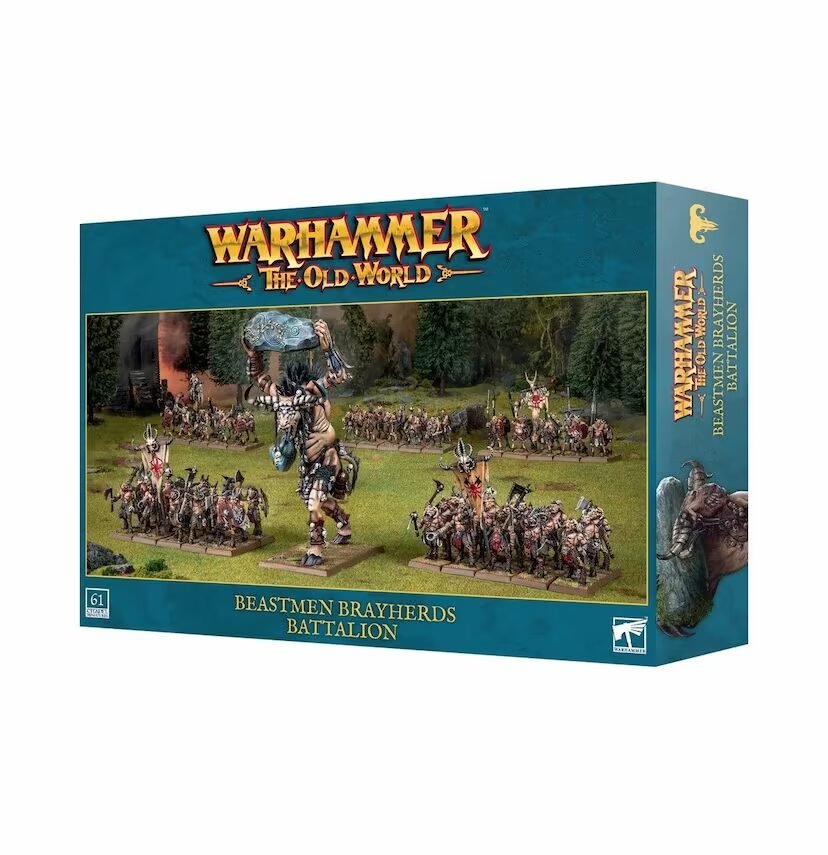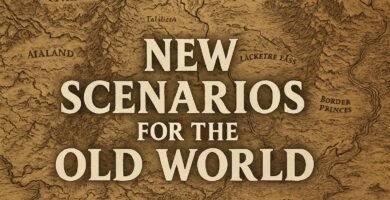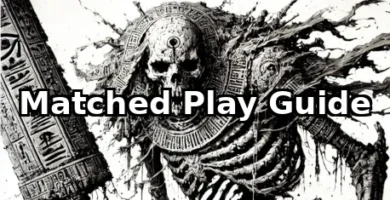This is the third and final part discussing the content of the Matched Play Guide. If you want to start from the beginning, you can find it in the link [Matched Play Guide Old World].
The goal is to bring you all the relevant information about victory points, battle duration, secondary objectives, and secret objectives, because there’s genuinely interesting content that can be used in competitive play over the coming months. But the book is also full of filler, and it’s structured in a… strange way.
Let’s dive in.
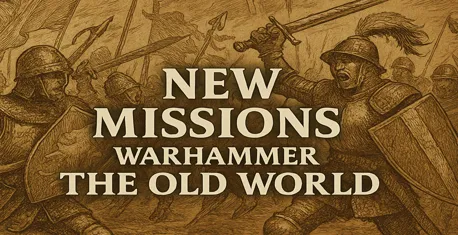
Old World Victory Conditions and Victory Points
On page 13 they explain how victory points are calculated:
- Units destroyed or that have fled the battlefield: 100% of their points
- Killing the general: 100 points
- Killing banners: 50 points
- Killing the battle standard bearer: 50 points
- Reaching the break point: 500 points (I’ll explain this in the next section)
- Units fleeing at the end of the battle: 50%
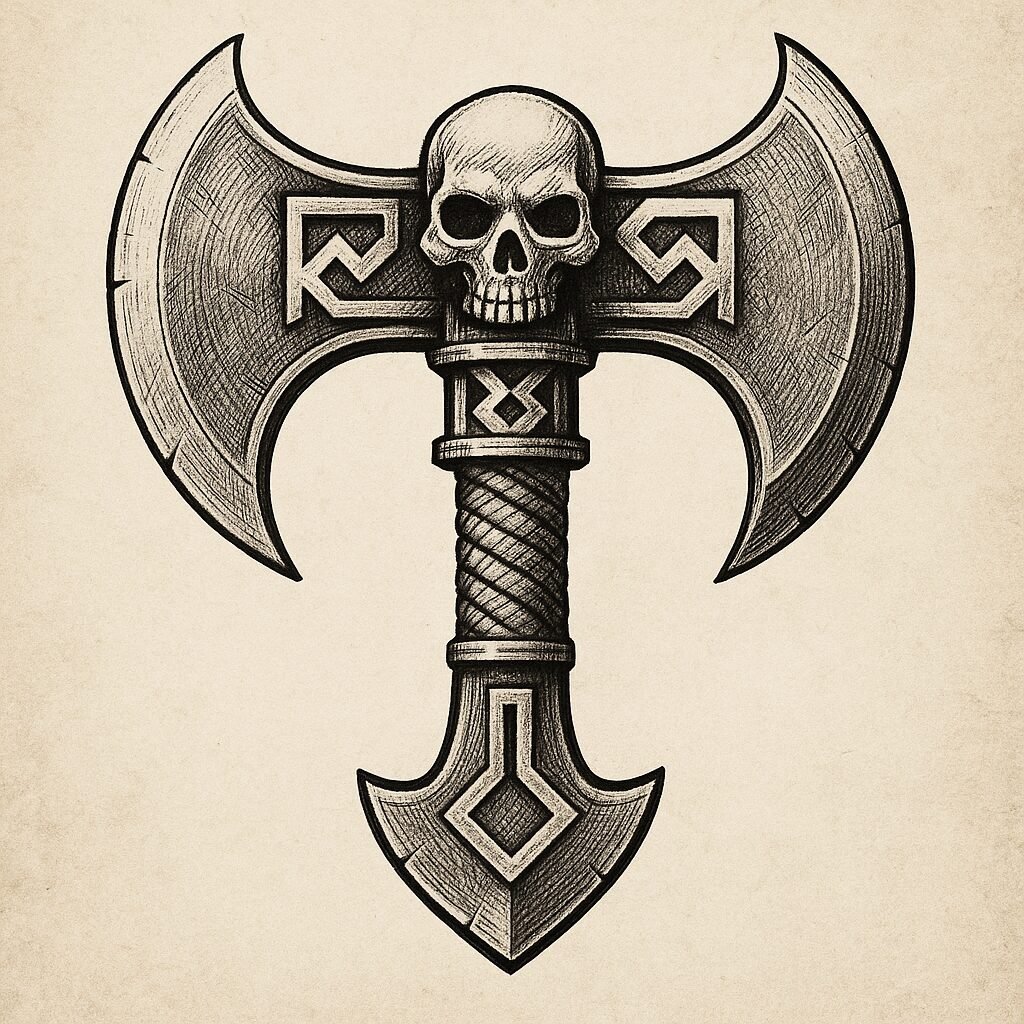
AND HERE ARE TWO IMPORTANT CHANGES:
Units reduced to 25% unit strength now grant 50% of their points. It’s no longer below 25%—now it’s at 25%.
So, units of 4 models no longer need to be wiped out completely to give points. If there’s 1 model left, it’s exactly at 25% and gives half of its points to the enemy.
For dragons and other single models whose unit strength depends on their Wounds characteristic, the same rule applies. If they’re reduced to 25%, they give half their points to the opponent.
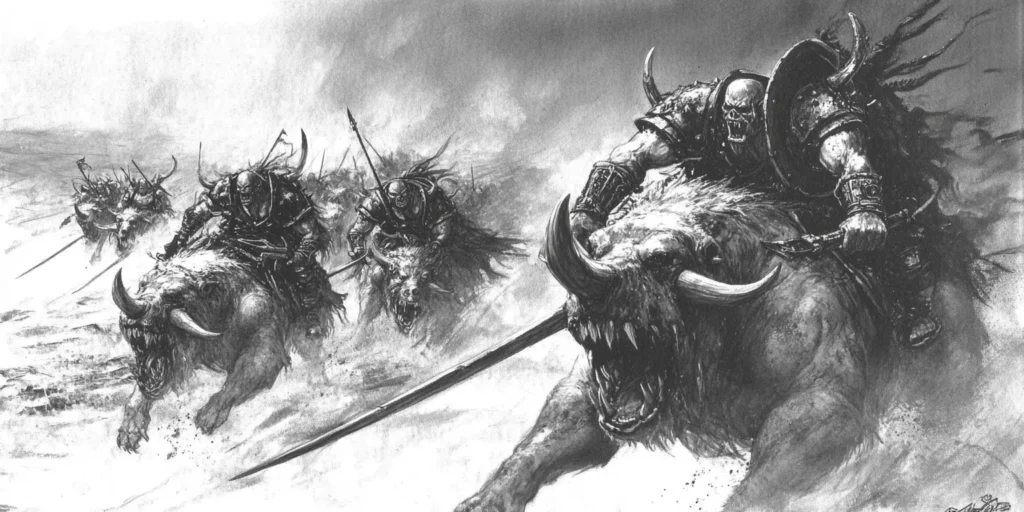
What is the Break Point in Old World?
According to our friends at Games Workshop, on page 12 they explain that the battle can last 6 turns or have random duration (which absolutely no one, in any universe, will ever choose). But if someone does choose it, they explain that at the end of turn 5, you roll a dice and add the current turn number. If the result is 10 or more, the game ends; if less, it continues.
So on turn 5, if you roll a 5, the total is 10 and the battle ends.
But there’s a third way to end the game: the break point.
This rule can be used or not—it’s up to the players or the tournament organizer (as we saw in the post about scenarios, they even suggest which ones should use this condition).
- A plastic miniature for Warhammer: The Old World
- Add a mighty warrior mounted on a flying steed to your Armies of Grand Cathay
- Swoop across the battlefield and get stuck in where the fighting is fiercest
If it is used, each player must know the total unit strength of their entire army, because if it falls below one quarter at the start of any turn, the enemy gains 500 victory points (which is huge) and the game ends.
Start doing the math now.
If both armies reach the break point at the same time, no one gets the 500 points. Points are counted normally, but the best result you can get is a marginal victory (according to the 6-point tournament scoring table, that’s a 4–2).
And to close that page in classic GW fashion, they remind us that Warhammer games can be long, and say that organizers may set a time limit. Thanks.
Warhammer Secondary Objectives (or missions)
On page 20 they present the Warhammer Old World Missions that are combined with the scenarios. There are only four, and each map either recommends or requires you to play with one or more of them:
Baggage Train the Old World
The baggage train is a 100×60 base. Each player places one in their own deployment zone, more than 3 inches from their board edge and not touching any terrain.
- It is dangerous terrain.
- It does not block line of sight.
- At the end of the battle, each train you control earns you 100 points—and 250 if you destroy the enemy’s.
How do you control it? A unit with unit strength 10+ (it does not have to be core) that is the closest within 6″, not fleeing or “stupid”, controls it.
How do you destroy it? A unit with unit strength 5+ must be in base contact during the REMAINING MOVES phase. It destroys the train at the start of its next turn if:
- It’s still in contact with the train.
- It’s not in combat.
- It’s not fleeing.
- It still has unit strength 5+.

And here come two key points:
First, the rule specifies that you can only destroy the enemy’s train (you can’t destroy your own to deny it to the opponent).
Second, I’ve capitalized “base contact during the REMAINING MOVES phase” because we have a lovely rule called Reserve Move, which happens later (in the shooting phase), so it wouldn’t let you destroy the train. The same goes for Overrun, Reform, or Pursuit that leaves you there.
Special Features
This is a terrain piece no wider than 6″ that is placed in the center of the battlefield and cannot be scattered. It is impassable and blocks line of sight. It gives 200 victory points to whoever controls it at the end of the game. It gives random benefits during the game to the unit controlling it:
At the start of each player’s turn, roll a dice to see what benefit the controlling unit receives (until the next time it’s rolled):
1–2: Magic Resistance (3)
3–4: Hatred (all enemies)
5–6: Unbreakable
How do you control it? The closest unit, as long as:
- It’s a core unit
- Has unit strength 10+
- Within 6″
- Not fleeing or being “stupid”
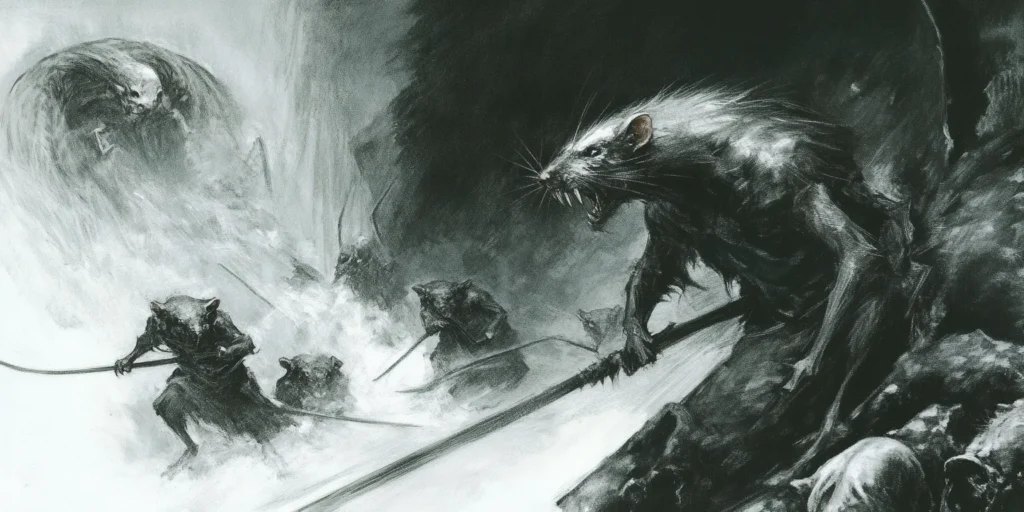
Domination (classic quadrant control)
Important: Points for controlling a quadrant are awarded at the end of the battle.
How do you control a quadrant?
Add up the unit strength of all your units in that quadrant that aren’t fleeing (no mention of stupidity this time).
- You get 100 points for controlling the quadrant.
- You get 50 more if your units’ total doubles the enemy’s in that quadrant.
- You get 100 more if you control a quadrant where the enemy has 0 unit strength.
And here comes the next question: What if a unit straddles two quadrants?
Do I choose which one it’s in? Does it count for both? Only the one where it has more models?
Logic tells me it should be the last option—but logic also tells me GW should’ve explained it.
Strategic Locations (classic objectives)
These are 40mm round bases. They are placed at fixed locations established by GW.
Don’t place any terrain within 3 inches of them.
- They give 30 points at the end of each turn of each player to whoever controls them.
Who controls them?
The closest unit that meets the following:
- Within 6″
- Core unit
- Unit strength 10+
- Not fleeing or “stupid”
An image shows where to place the objectives when there are 2, 3, or 4.
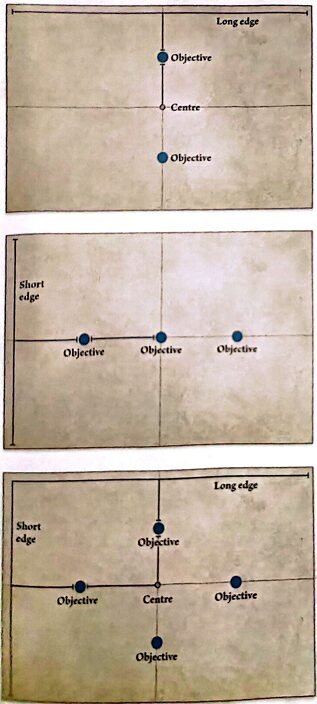
Secret Objectives in Warhammer: The Old World
On page 31 they start talking about scalable events (campaigns and such) in a completely vague and ambiguous way—useless information.
BUT WAIT— they go on to mention something that probably will be used: secret objectives.
You might think of them as 40k-style cards, but no. There’s a list of 12 objectives. When submitting your list for the event, you choose only 6 of them.
Before each battle, you select one of those 6 (which you can’t use again in that event).
The chosen one stays face down during the game, and at the end you reveal it and check if it was achieved.
Note: not all of them are equally difficult or worth the same (they go from 50 to 200 points).
Duel of Kings
200 pts: Kill the enemy general in a duel (not necessarily with your own general).
Assassination
150 pts: All enemy characters must be either fleeing or dead at the end of the game.
Captured Colours
- 50 pts: Capture 2 enemy banners
- 100 pts: Capture 3
- 150 pts: Capture 4 or more
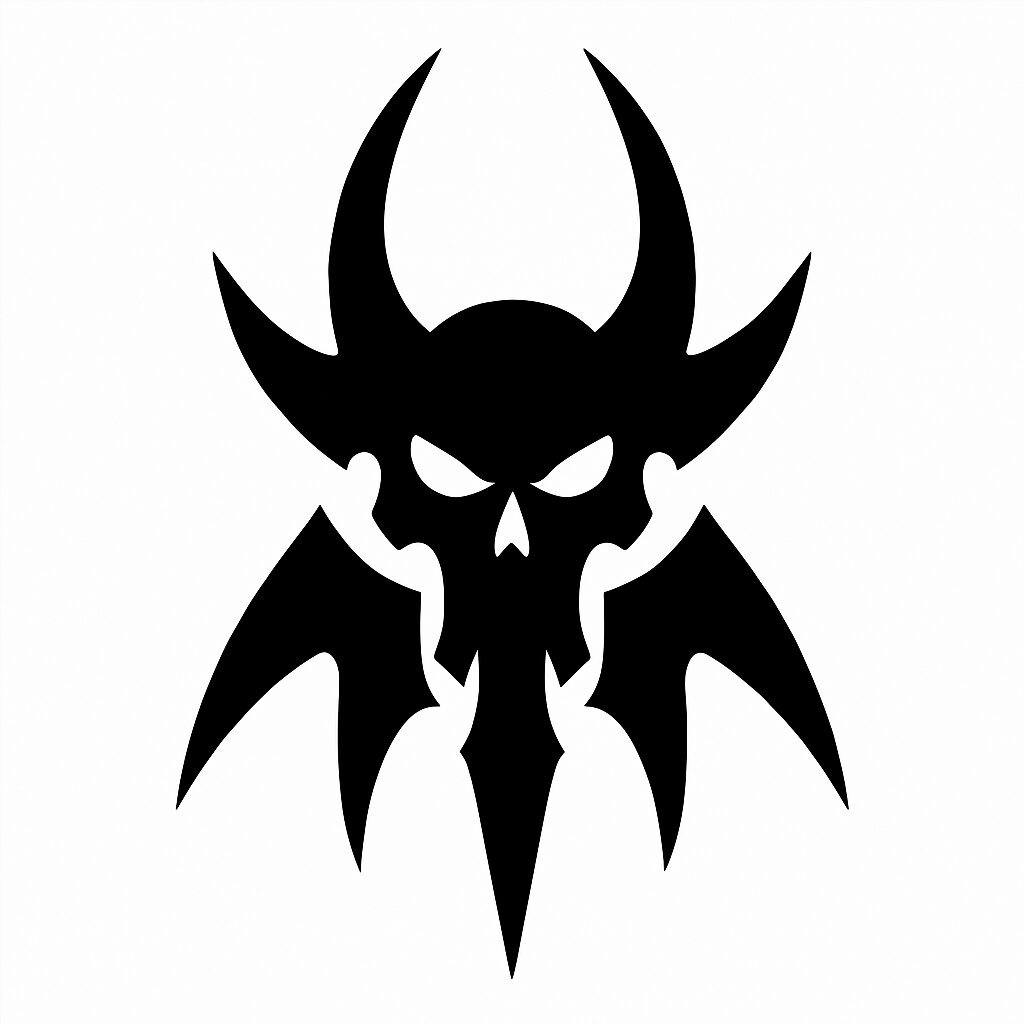
Beast Hunter
100 pts: All enemy monsters must be fleeing or dead by the end of the game
Fire the artillery!
100 pts: Make an enemy unit fail a panic check and flee due to war machine shooting.
Magical Dominion
75 pts: Successfully cast 3 spells in a single turn without suffering a miscast.
Wizard’s Bane
75 pts: Dispel 3 enemy spells in a single turn without suffering a miscast.
Hold the Line
75 pts: At game end, have two of your unit strength 10+ units in the enemy deployment zone, not fleeing or “stupid”.
Overwhelming Firepower
75 pts: Destroy an enemy unit in your shooting phase that had unit strength 10+ at the start of the phase.
Cut off their retreat
75 pts: A unit strength 15+ unit of yours must end the game within 6 inches of the enemy’s long table edge, not fleeing or “stupid”.
Bounty Hunter
75 pts: The opponent’s most expensive unit must be either fleeing or destroyed by game end.
Calming of the Winds
50 pts: Dispel a spell using predestined dispel.
So, summing up the content from all three posts: it’s now more important than ever to have core units with high unit strength that can maintain it over several turns to score points. The meta will shift hard. Dragons (even the Chaos one, which has unit strength 10 due to its 10 Wounds) will be seen less often because they don’t score and because the points they cost prevent you from bringing more core units (and therefore unit strength).
I think it’s a fantastic change, and I honestly believe the game is better with this book—even if I had to do a massive job purging repeated, clunky and useless information to bring it to you properly.
Below are the links to the other posts in the Matched Play Guide series:
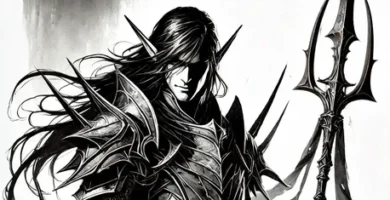
Warhammer The Old World Battle March: The New Skirmish Mode
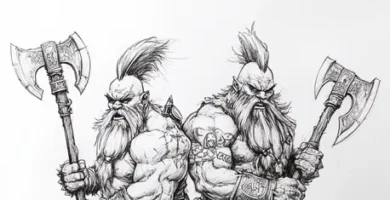
Slayer Hosts in The Old World | War of Settra’s Fury
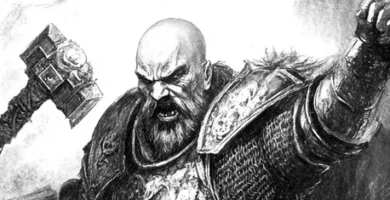
Renegade Crowns in The Old World | War of Settra’s Fury
If you think there’s an error in the post, feel free to reach out at theoldwarrior@theoldwarrior.com, and I’ll review it. Hope you enjoy ToW!


